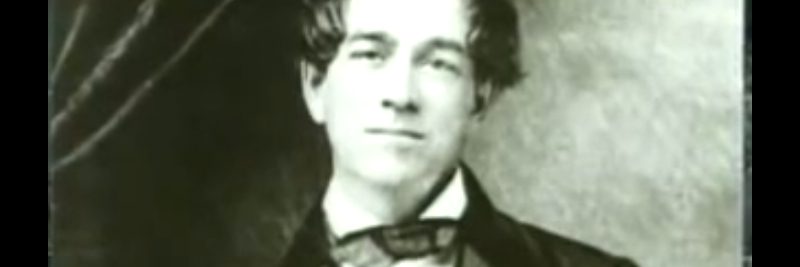It is true that Samuel F.B. Morse inventions have been some of the most interesting you will know. He was an American painter who turned out to also be an impressive inventor. Samuel was born in Charlestown, Massachusetts in April 27, 1791. He was the first child of Pastor Jedidiah Morse whom was also a professional geographer. His mother was Elizabeth Anne Finley Breese. Samuel’s father died in 1866 while his mother passed away in 1828. He grew in a well-disciplined family that contributed to his drive, intelligence, and positive attitude.
Samuel Morse: Painter
Samuel Morse’s profession as a painter gave him the opportunity to become popular and enhance his creative skills and knowledge. His paintings were so popular during his time that he was solicited to paint the portraits of John Adams, Dying Hercules, The Gallery of the Louvre, and Chart of Colors. All of these paintings are displayed at his estate in Poughkeepsie, New York at Locust Grove. Morse’s interest and profession lasted several years, before officially stopping from other interests that led to the creation of the telegraph.
The Telegraph
When Morse was on a ship, he met Charles Thomas Jackson who came from Boston. Charles was a well educated man and intelligent in electromagnetism. Samuel observed and experienced Jackson’s research and experiments. From that, Morse came to conceive of the idea of a single wire telegraph. Located at the National Museum of American History in the Smithsonian Institute is Morse’s “The Gallery of the Louvre” painting, innovative telegraph, and patent letter from his invention.
Development of Morse Code
The development of Morse Code contributed to the very first telegraphy made in the world. It operated on a standard rhythmic communication that allowed the passing of essential data. Leonard D. Gales was a professor that operated in the field of chemistry and had knowledge about the electrical work of Princeton’s Joseph Henry. With Morse’s discovery of the telegraph, Henry became the first person that invented the electric circuit. With these two creations, Gales knowledge in electricity contributed to the improvement of the telegraph machine and its durability. Through the system of relay and contributions made by Gales and Henry, Morse’s telegraph machine became a massive success.
Morse’s Difficulties
While Samuel Morse experienced success, he also encountered issues with long depression. This was attributed to the economic Panic of 1837 that last for several months to years. During this time, Morse traveled to Europe upon his completed telegraph machine in England. He met Charles Wheatstone who invented the electrical model of the telegraphy. Morse realized that his invention was simple in comparison but still offered impressive features and abilities that would later lead to new models and versions of the telegraph.
Strong proponent of individual liberty and free speech. My goal is to present information that expands our awareness of crucial issues and exposes the manufactured illusion of freedom that we are sold in America. Question everything because nothing is what it seems.




















